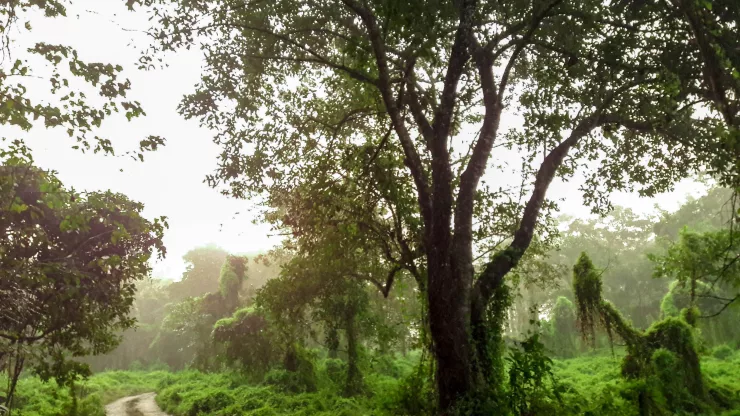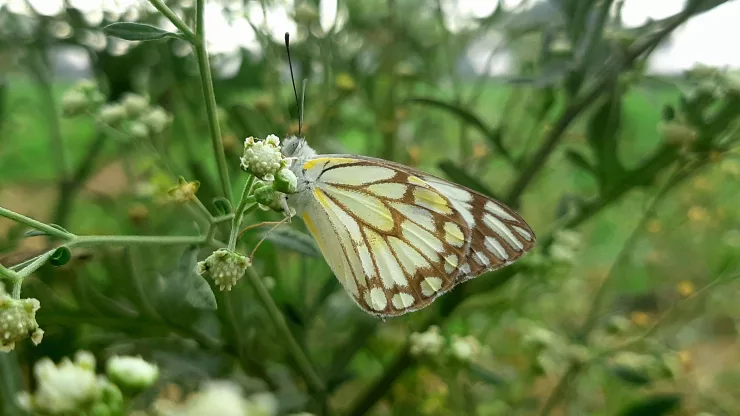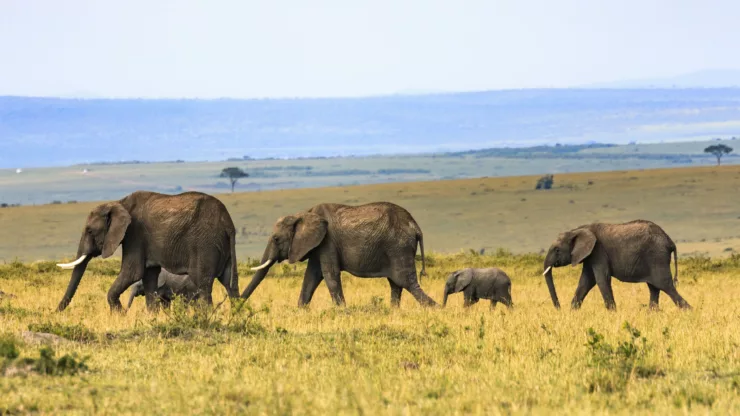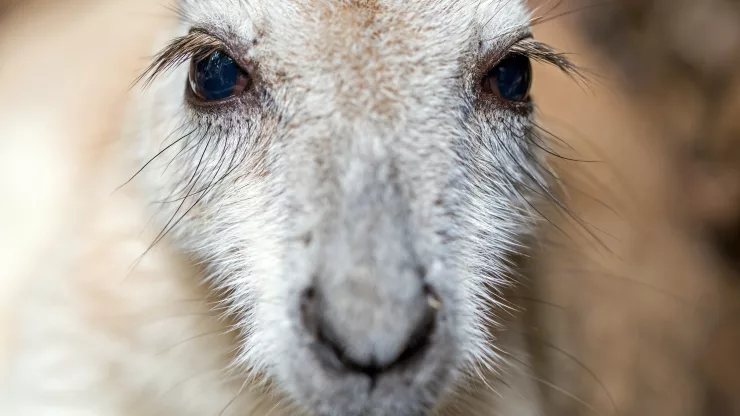Urban Wildlife Conservation: Preserving Nature in Cities
As our cities expand and concrete takes over, it’s easy to forget that wildlife still exists in urban environments.
However, the preservation of urban wildlife is essential for maintaining a healthy ecosystem.
In this article, we will examine the importance of urban wildlife conservation, the challenges of living in an urban environment, and the benefits of conservation efforts.
We will also explore strategies for conserving urban wildlife and case studies of successful conservation projects.
Jump to Section
Introduction
Urbanization has a significant impact on our environment, and it’s not just about the loss of green spaces.
It’s also about the impact on the wildlife that calls these urban areas home.
Urban wildlife conservation is vital for maintaining a healthy ecosystem and ensuring that we can coexist with the animals that share our cities.
The importance of urban wildlife conservation
Urban wildlife is essential to maintaining a balanced and healthy ecosystem. These animals play a crucial role in pollination, pest control, and soil maintenance, among other things.
By preserving urban wildlife, we can help maintain biodiversity, which is essential for the survival of many species.
Understanding Urban Wildlife
The diversity of urban wildlife
Urban environments are home to a surprising variety of wildlife.
From birds and bees to squirrels and raccoons, there are many different species that can be found in urban areas.
Some animals, such as pigeons and rats, are considered pests, but even these animals play an important role in the ecosystem.
The challenges of living in an urban environment
Living in an urban environment can be challenging for wildlife. Urbanization has led to habitat loss, fragmentation, and degradation.
Pollution, noise, and artificial lighting can also negatively impact wildlife.
Additionally, conflicts with humans, such as vehicle collisions and encounters with pets, can pose a significant threat to urban wildlife.
The Benefits of Urban Wildlife Conservation
Environmental benefits
Conserving urban wildlife has numerous environmental benefits. It helps maintain biodiversity, which is essential for a healthy ecosystem.
Urban wildlife also plays a crucial role in pollination, pest control, and soil maintenance.
Additionally, preserving green spaces in urban areas can help mitigate the effects of climate change by reducing the urban heat island effect and improving air quality.
Economic benefits
Urban wildlife conservation can also have economic benefits. By preserving green spaces, we can improve property values, attract tourism, and provide recreational opportunities.
Additionally, conserving wildlife can help reduce the costs associated with pest control and ecosystem restoration.
Social benefits
Conserving urban wildlife can also have social benefits. Green spaces provide a place for people to relax and connect with nature.
It can also help improve mental and physical health, reduce stress, and increase community engagement.
Strategies for Urban Wildlife Conservation
Habitat restoration and creation
Habitat restoration and creation are essential strategies for conserving urban wildlife. Creating green spaces, such as parks and gardens, can provide habitat and food sources for urban wildlife.
It can also help connect fragmented habitats and provide corridors for animals to move between different areas.
Education and awareness campaigns
Education and awareness campaigns can play a crucial role in urban wildlife conservation.
These campaigns can help raise awareness about the importance of conserving urban wildlife and provide information on how individuals can help.
It can also help reduce conflicts between humans and wildlife by providing information on how to coexist safely.
Collaboration with local communities
Collaboration with local communities is essential for successful urban wildlife conservation.
By involving residents in conservation efforts, we can create a sense of ownership and responsibility for preserving wildlife.
Additionally, it can help reduce conflicts between humans and wildlife by providing a platform for dialogue and problem-solving.
Case Studies in Urban Wildlife Conservation
Successful conservation projects
There are many successful urban wildlife conservation projects around the world.
For example, in New York City, the MillionTreesNYC initiative has planted over one million trees, providing habitat for wildlife and improving air quality.
In London, the Wandle Valley Regional Park has restored wetlands and created green spaces, providing habitat for a variety of wildlife.
Lessons learned from failed conservation attempts
Unfortunately, not all conservation attempts are successful. One example is the attempt to reintroduce wolves to Yellowstone National Park.
While the reintroduction was successful in restoring the wolf population, it also had unintended consequences, such as changes in the behavior of elk and coyotes.
The Future of Urban Wildlife Conservation
Conserving urban wildlife is essential for maintaining a healthy ecosystem and ensuring that we can coexist with the animals that share our cities.
As our cities continue to grow, it’s essential that we prioritize the preservation of urban wildlife.
By implementing effective conservation strategies and involving local communities in conservation efforts, we can ensure a sustainable future for urban wildlife.
Frequently Asked Questions
What are some of the biggest challenges facing urban wildlife conservation?
Some of the biggest challenges facing urban wildlife conservation include habitat loss, fragmentation, and degradation, pollution, noise, and artificial lighting, conflicts with humans, and climate change.
How can I help conserve urban wildlife?
There are many ways to help conserve urban wildlife.
You can create a wildlife-friendly garden, reduce your use of pesticides and herbicides, participate in conservation efforts in your community, and support organizations that work to conserve urban wildlife.
What are some successful urban wildlife conservation projects?
Some successful urban wildlife conservation projects include the MillionTreesNYC initiative in New York City and the Wandle Valley Regional Park in London.
These projects have restored and created green spaces, providing habitat for a variety of wildlife.
I’m a nature enthusiast and creator of Metro Wilds and have spent years exploring the great outdoors.
With a passion for environmental conservation and sustainability, I have dedicated my career to writing about the beauty and wonders of nature, as well as the threats facing our planet.
Contact me at [email protected] for assistance.





